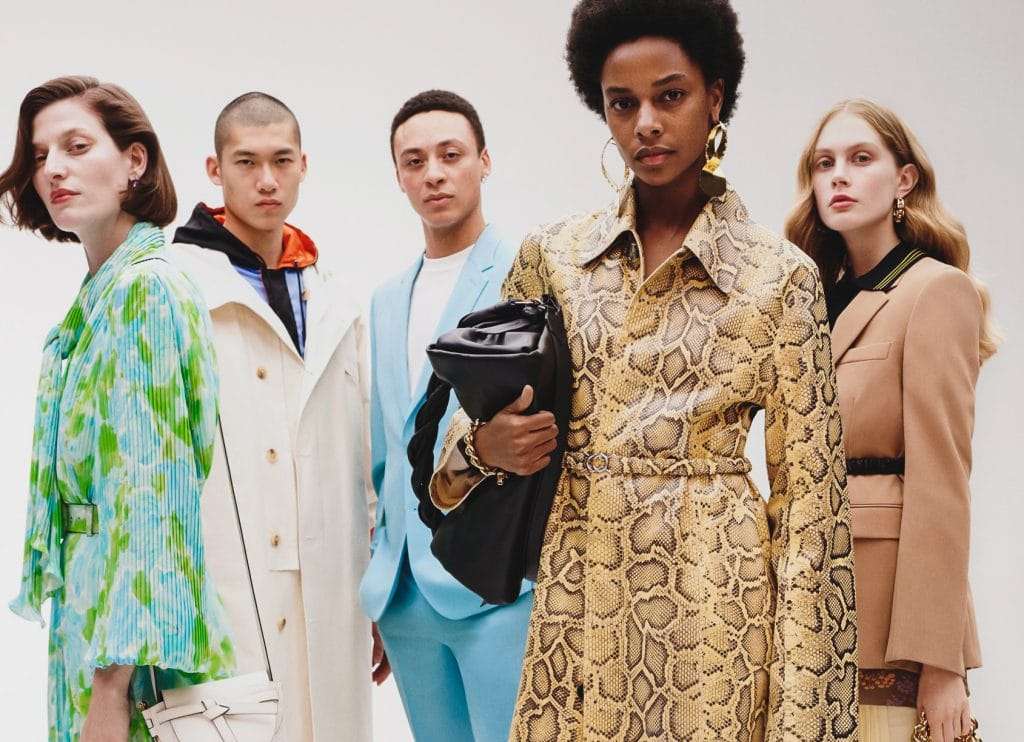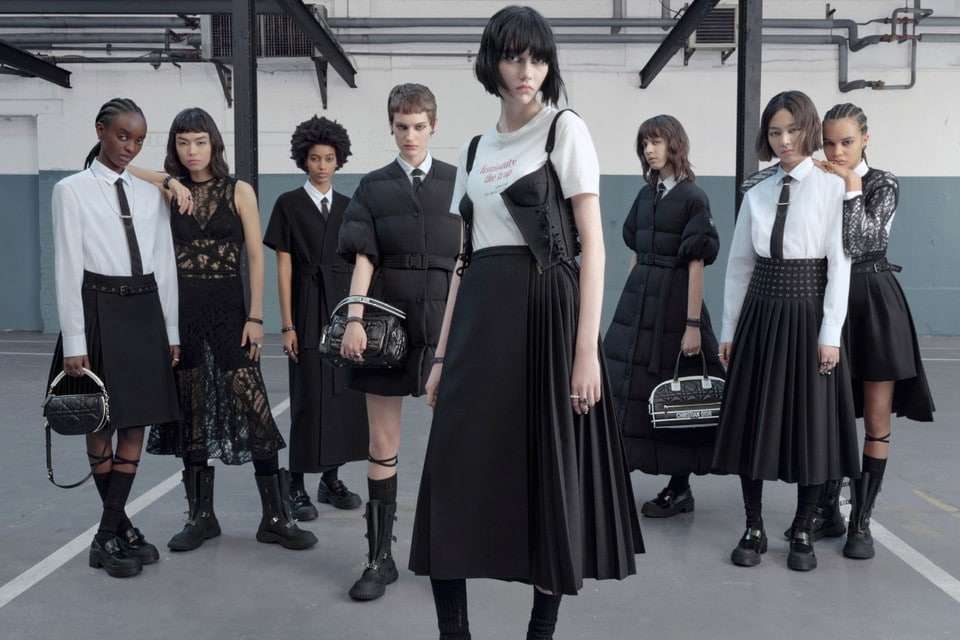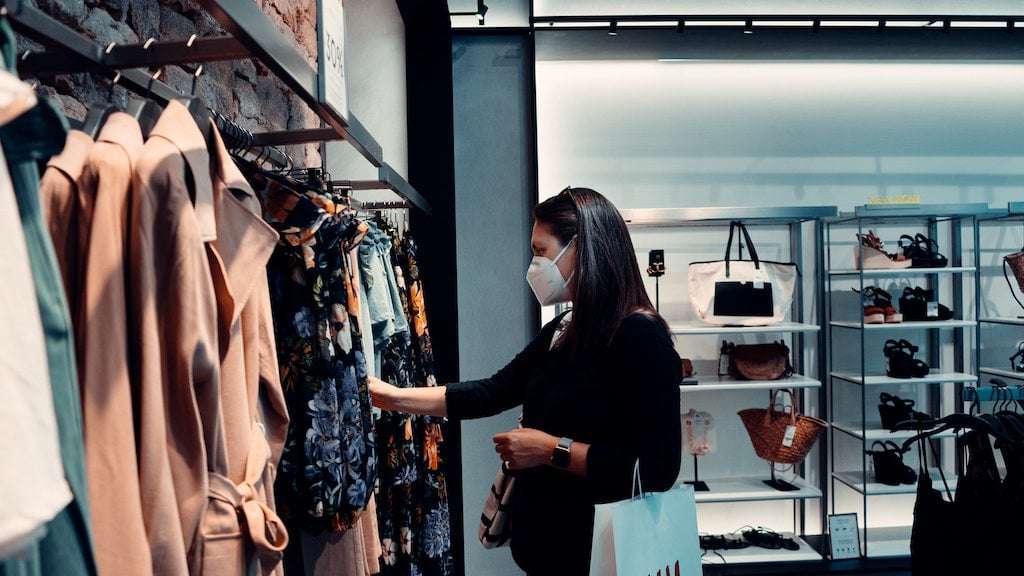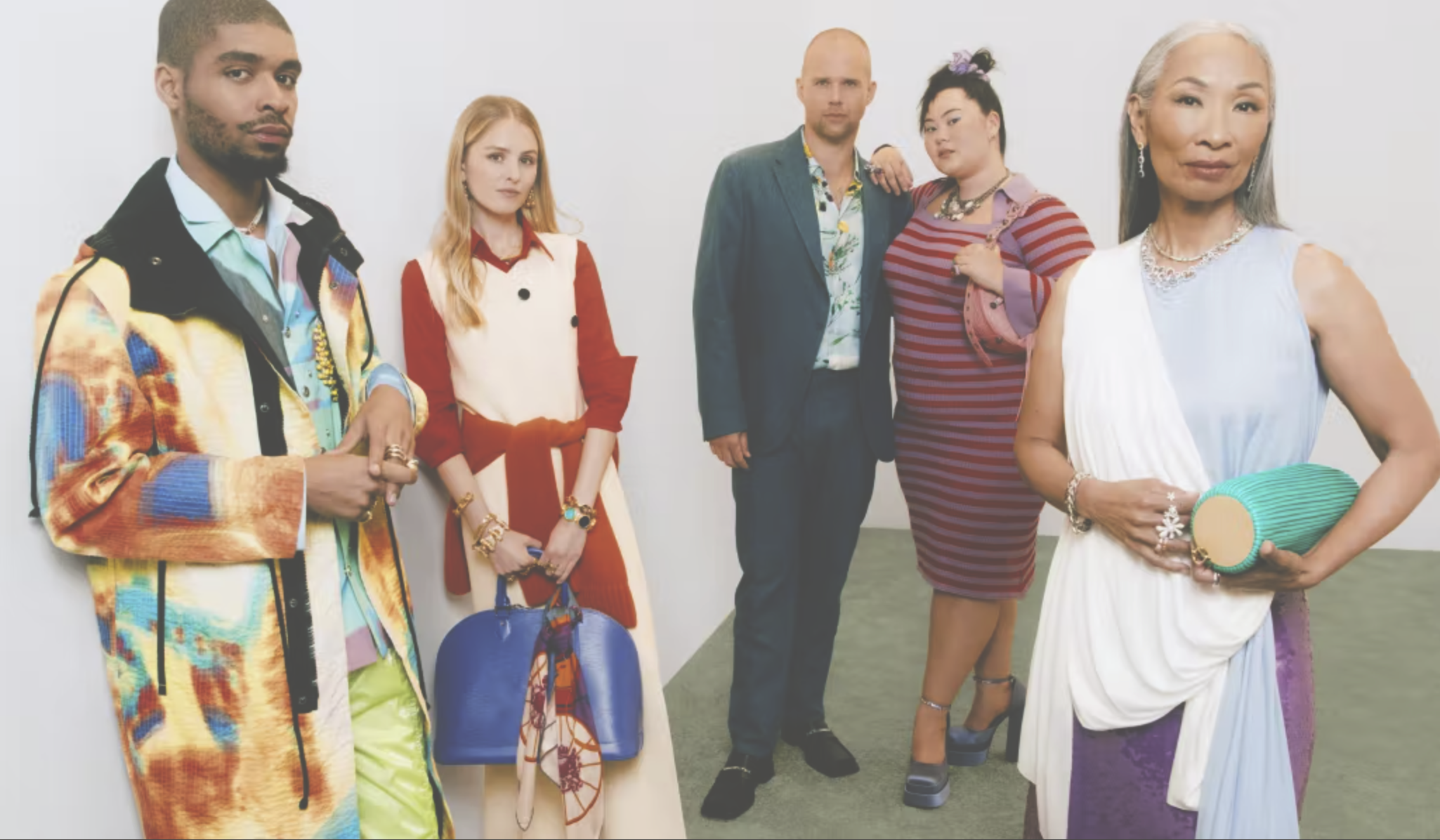As the secondhand market boom continues, leading online resale platform The RealReal’s 2022 Luxury Resale Report shows strong growth and increasing consumer interest.
“In a world that’s currently filled with the unknown and the unexpected, consumers are finding escapism with the reliability and discoverability of the secondhand market,” Rati Sahi Levesque, Co-Interim Chief Executive Officer, President, and Chief Operating Officer of The RealReal (TRR), said in a statement accompanying the report.
“Between primary market supply constraints, inflation woes, and the acceleration of the climate crisis, shoppers and consignors alike are seeing the economic, environmental, and emotional value of resale,” Levesque said. “Through resale, consumers are becoming increasingly savvy, they’re exploring new areas of investments, and they’re engaging with circularity more than ever before.”

The RealReal’s report is based on sales data and shopping habits of its more than 28 million members and 26 million items sold. According to the company, the last year has seen a marked shift in shopping habits, with consumers more mindful of their spending. “[T]hey’re drawn to the thrill of the hunt, enjoying endless scrolling and filtering options, and they’re pushing stylistic boundaries and experimenting with self-expression,” the company says.
Membership grew by 23 percent in the first half of the year, TRR says, adding more than 5 million new shoppers. Shopping is up per spend, too, with a 44 percent increase in items purchased over the previous year. The report also notes that 27 percent more people are familiar with resale than they were last year.
Top brands included Balenciaga, which saw a 41 percent demand increase over any brand with Gen Z most interested. Dior also made its first appearance since 2019 with Gen X and Boomers accounting for 31 percent of the demand.
Demand was also up for collectibles—increasing to 78 percent in the first half of the year overall, with vintage clothing demand up 439 percent.

“This year’s 439 percent surge for clothing from the archives, however, is exciting and unprecedented,” Noelle Sciacca, Senior Fashion Lead at TRR told Nylon. “We’re seeing this need for archival pieces, along with runway-inspired looks, for a few reasons. Pop culture’s influence, along with celebrity clout, certainly play a role here.”
Some of the archival designers in demand include Mary McFadden, Bob Mackie, Roberto Cavalli, and Thierry Mugler.
Sciacca says coming out of the pandemic brought a newfound emphasis on self-expression and personal style, along with a notable shift away from mass-produced items. “Shopping vintage offers customers the pieces they crave to dress more boldly, uniquely, and in a look all their own, from head to toe for all of the ‘IRL’ moments they missed during lockdown,” she said.
Gen Z and Millennials currently represent 41 percent of our customers. And while Millennial buying power makes it the largest generation represented in buyers and sellers, Gen X is most committed to circularity and selling more items than any other generation. Gen Xers (born between 1965 and 1980) consigned 25 percent more items than the previous year.
These findings build on TRR’s 2021 report released in January that found older demographics are playing a vital role in the growth of the secondhand market.

Reconsignment is also up more than three times over 2018 numbers, TRR says. Since the start of the pandemic, twice as many items that were initially purchased on the platform were sold there again, the report notes.
“More than ever, shoppers value the craftsmanship of luxury that allows them to shop and sell sustainably through resale, over and over again,” reads the report.
But Gen Z spent the most time on the platform, due in large part to TRR’s gamification. Its ‘obsessions’ vertical was used 40 percent more year on year with Gen Z increasing their visits 35 percent—more than any other demographic.
“If one thing was clear this year, it’s that consumers just want to feel good when they shop,” reads the reports. “While part of that comes from a desire to shop responsibly—43 percent of shoppers say sustainability is a deciding factor in what they buy—it’s also about the desire for a shopping experience that’s enjoyable—fun even. Now more than ever resale is the place where the heart meets the head, and it’s what will continue to push the category to the forefront of how people shop.”


